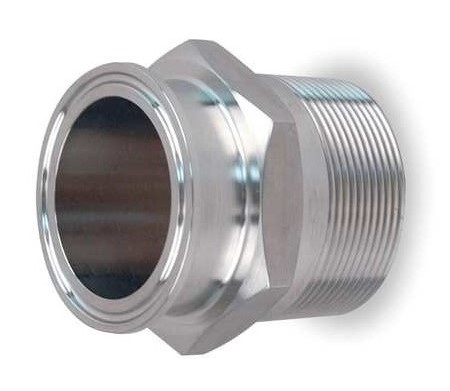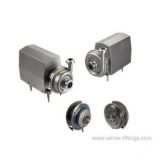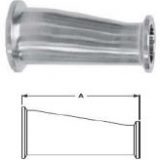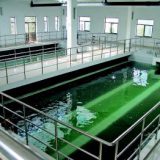Steel pipe was once the most popular choice for supply of water and flammable gases. Steel pipe is still used in many homes and businesses to convey natural gas or propane fuel, and is a popular choice in fire sprinkler systems due to its high heat resistance. In commercial buildings, steel pipe is used to convey heating or cooling water to heat exchangers, air handlers, variable air volume devices, or other HVAC equipment.
Steel pipe is sometimes joined using threaded connections, where tapered threads are cut into the end of the tubing segment, sealant is applied in the form of thread sealing compound or thread seal tape, and it is then threaded into a corresponding threaded fitting using two pipe wrenches. Beyond domestic or light commercial settings, steel pipe is often joined by welding, or by use of mechanical couplings made by companies such as Victaulic or Anvil International that hold the pipe joint together via a groove pressed or cut into the ends of the pipes.

Other variations of steel pipe include various stainless steel and chrome alloys. For food, dairy, beverage, cosmetic, pharmaceutical, and fine chemical industries, sanitary fittings utilize stainless steel. Butt-weld, tri-clamp and I-line connection ends are interchangeable.



